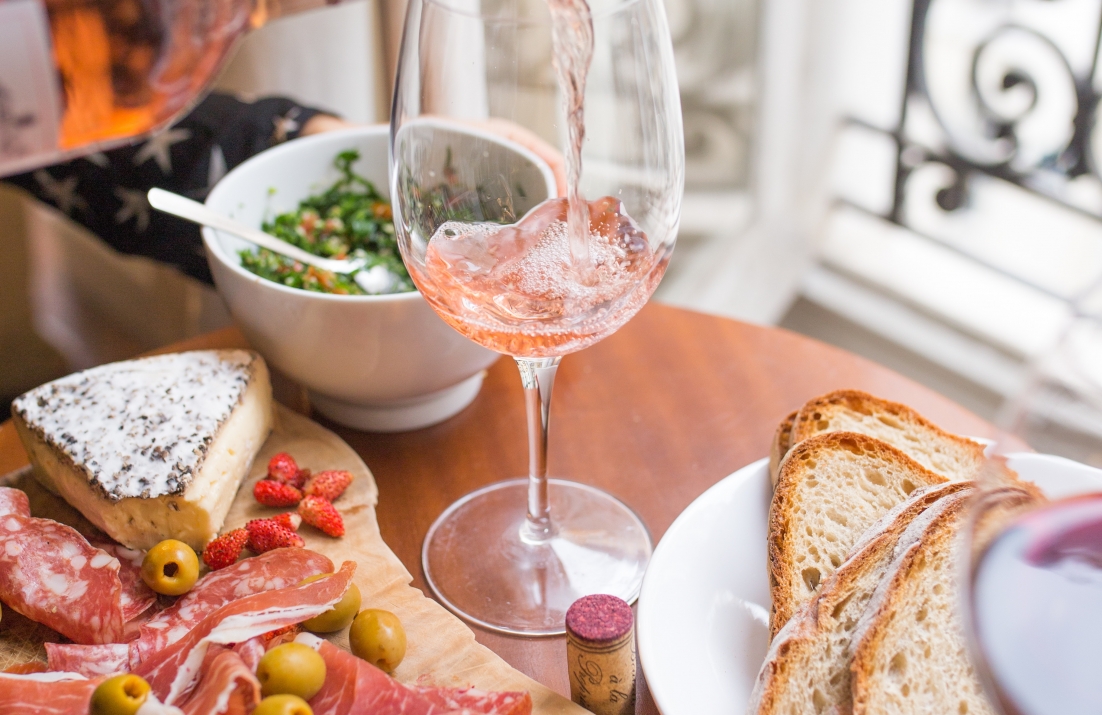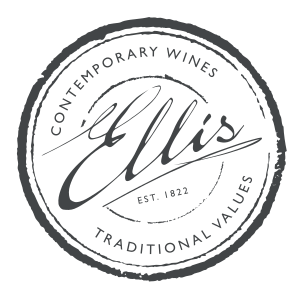Happy Rosé Day

Happy Rosé Day! We hope, despite the slight change in weather, you will join us in toasting the day with a glass of the pink stuff.
There are of course many different styles from the regions around the winemaking world. These range from dry to very sweet, deep pink to pale blush. At the moment France represents 70% of our sales.
We have some great examples of rosé - for a classic Provence rosé, how about our new Terre des Anges Rosé from Chateau Paradis. This has recently been awarded 93 points from Robert Parker; the best score for the Provence Rosé category. Made from a traditional blend of Syrah, Mourvedre and Rolle (Vermentino) the grapes are hand harvested and cooled before pressing to preserve aromas and colour. Terre des Anges is a luxurious and elegant rose, partical wood fermentation on the Mourvedre gives texture and richness which is balanced by a fresh acidity and ripe fruit flavours of strawberries, red cherries and peach.
If you're looking for something organic, why not try our newly packaged Grande Courtade Rosé from Famille Fabre. This is a great value rosé, produced from organic fruit grown at the small estate, Grande Courtade (meaning 'large sunny courtyard') near Beziers in the Languedoc, this is a delicate salmon pink rosé made by the 'saignée' method. It is dry with a perfumed bouquet of vibrant summer fruits on the palate and a refreshing and crisp acidity.
Another stellar example, is the Bardolino Chiaretto Rosato from Gorgo. A fresh, fun and fruity rose from the Veneto region of Italy. Made from the classic grapes of the region; Corvina, Rondinella and Molinara. The nose has delicious aromas of summer fruits which follow onto the palate with notes of red cherries, strawberries and raspberries combined with a fresh, floral note and a crisp acidity. This wine is also organic.
For a little sparkle and to support our British Vineyards, try our Hindleap Sparkling Rosé from Bluebell Vineyards. The Hindleap vineyard was planted in 2005 on chalk and sandstone soils adjacent to the Bluebell Railway and fringes of the Ashdown Forest. Produced by the traditional method, this elegant pale sparkling rosé has been blended from the Pinot Noir and Pinot Meunier varieties to capture a crisp fresh fruitiness, lending hints of red berries on the nose and a succulent citrus palate. Well balanced and with excellent structure it has a dry, delicate and long finish.
If you're an adventurous wine drinker, and looking for something different, take a look at our biodynamic Ramoro Pinot Grigio Spumante Pet Nat from Cantina Orsogna. In production of the Method Ancestral wines, whole bunches of grapes are gently pressed to extract both the juice and indigenous yeasts from the grape's skin. The must then ferments in stainless steel tanks until is reaches a certain sugar level (which would guarantee secondary fermentation in the bottle without the addition of sugar and yeasts). The wine is then bottled where it will then undergo its second fermentation creating a gently sparkling wine. The wines are then aged 'sur lie' with the yeasts remaining in the bottle, this gives the wine an opaque appearance. The wines produced through this method have a soft mousse, not aggressive with primary and secondary characteristics from ageing on its yeasts. The Pinot Grigio Method Ancestral is a salmon pink in colour with strawberry and nectarine notes on the nose. The palate is lightly sparkling with notes of red berries, ripe peach, pear and a toasty character on the finish.
Of course, these are just a few examples, you can see our full list of rosé wines here. There are three main production methods used – maceration, saignée and blending. To learn more about these different methods, read about them here.
